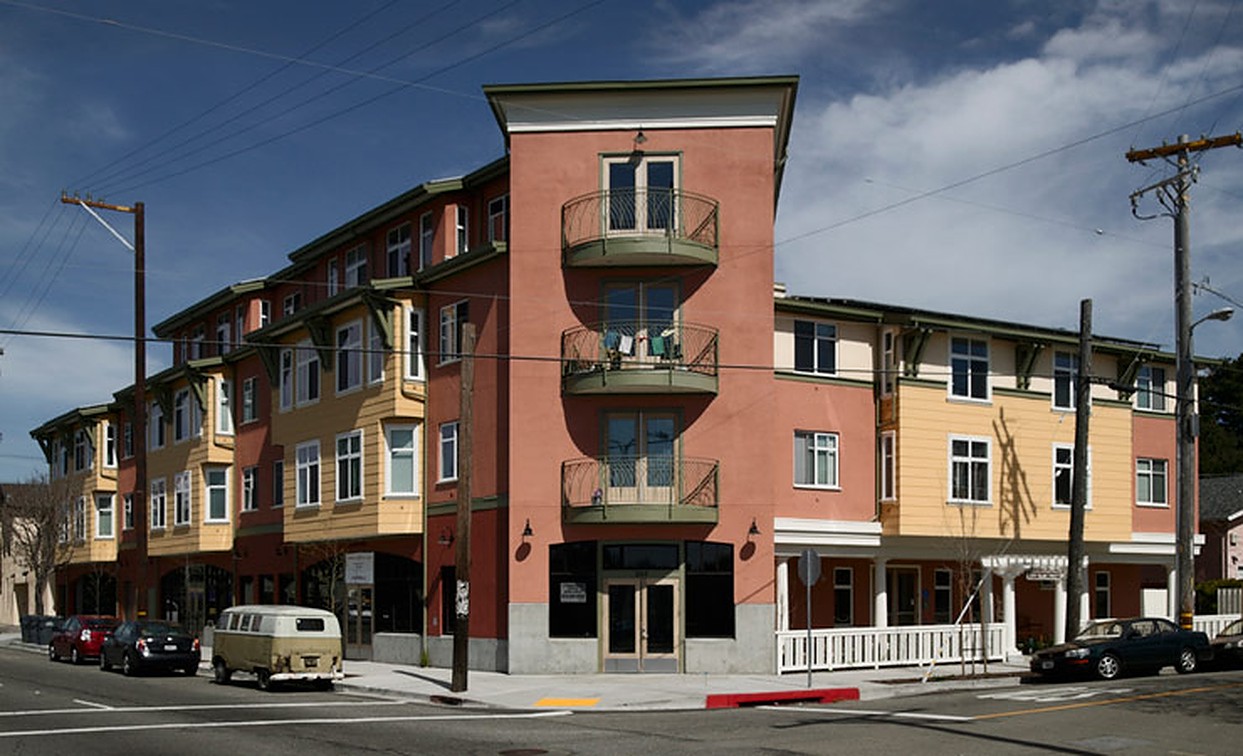Inclusive housing. Access to reliable public transit and safe pathways to bike and walk. Proximity to your doctor or the grocery store. These are all examples of what good development looks like to help communities thrive and guarantee the health, safety, and economic well-being of people. Unfortunately a history of redlining and racial segregation have set up a different reality for the US landscape, with single-family zoning and car dependency being the default. Sprawl worsens climate change – people who live far from their work and don’t have any other reliable choice than to drive, will drive, and the majority are driving gas-powered vehicles.
The Healthy Communities and Transportation team, made up of Sierra Club volunteers working on the issue of infill development and sprawl, is planning to release a major national survey of the good and the bad of development projects showcasing outstanding examples of development consistent with our infill guidelines in every state and contrasting them with the worst examples of new sprawl we can find.
We need your help! We are looking to Sierra Club’s chapters and groups for assistance in identifying examples from their own communities.
We know that more intensive development of the right kind in the right places is an essential part of the path towards climate stability and also provides a range of social and economic benefits. We also know that sprawl continues to be a real threat to environmental, economic, and social values. This is true in every state and in most metro areas throughout the country. The Sierra Club’s experience telling this story twenty years ago when we published the first Smart Choices or Sprawling Growth report was that people were hungry for constructive answers and that this type of survey can be used as an effective advocacy tool for change.
We are looking for projects that illustrate a smart solution for every kind of setting in which development is needed, from rural settings where farmworker housing is in short supply, to suburban settings desperate for the benefit of a redesign that new infill development can bring.
The point here isn’t to have each chapter look for all of these types of projects, but rather to ensure that across the 50 states, the inventory of projects we highlight cover the spectrum of choices that make up the smart growth tool kit. If you have several projects that look interesting, don’t hesitate to share them with us –the more we have to choose from, the easier it will be to find the right mix of projects needed to tell the story.
Examples we have found that illustrate the type of projects we are looking for include a farmworker housing project in Wasco, California, a dense mixed use redevelopment of a classic sprawling suburban mall in Colorado, and a thriving new city center in what constitutes a good size town for Montana.
The good development projects need to be photogenic, and we will need photos we have permission to publish. They should feature good design in a good location, and should have a good story to tell about social equity. Think of a recent project that makes you feel, “I’d like to live there!”
The bad development projects need to be examples of sprawl, which looks like low-density auto-oriented development. These can include an old school big box store surrounded by surface parking, an isolated subdivision of single family homes built on the metro edge, or a new gated community with no affordable housing. We are looking for projects that help tell a clear and consistent story of how sprawl continues to be a threat throughout the country.
The vision of a walkable, transit-rich neighborhood shouldn’t feel like an unattainable fantasy or only available to people who live in certain cities. Thoughtful urban planning goes hand in hand with the work activists are doing to cut transportation pollution and invest in healthier communities.
Spread the word about this project using this form!
